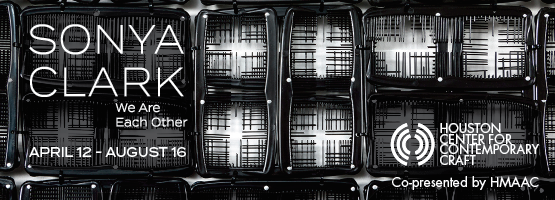The clock struck midnight just a few weeks ago, ushering in a new year that feels tinged with existential uncertainty, not unlike the two hazy and panicked years preceding it. But if we’re adopting the sheen of optimism when it comes to 2022 (it is a new year, after all), it would be fair to venture that an attitude of imagination will prove vital in the months that lie ahead—a perspective that can both extrapolate the good and deconstruct the bad. And where better to start in that resolution than with Invisibilia.
Oscar Muñoz refers to his artistic practice as an effort to “hacer memoria,” to “make memory” and many of his works explore, and occasionally exploit, the ideas of perception and recollection. But perhaps an even more prominent motif within Muñoz’s work is the recontextualization of Colombia’s history.
The 19th, 20th and 21st centuries in Colombia can be divided into several epochs of conflict, and the period known as La Violencia (The Violence, occurring from 1948-58) coincided with Muñoz’s childhood years. The decades following were defined by bloody clashes between the military and rebel insurgents, which blossomed into the notorious cartel wars during the 1980s. Approximately 200,000 people were killed in the 10 years between 1948 and 1958, and an additional 260,000 Colombians have died in the five decades that followed. The Colombian National Center for Historical Memory reports that most of these casualties were civilians caught in the crossfire.
It’s exactly this contrast from the horrific to the revered that helped capture Davidson’s attention when planning the exhibition. “I think that now, like never before, his pieces have an even more poignant resonance that extends beyond the Colombian context to become universal meditations on the intertwined precariousness of the image and the fragility of life itself, so germane to life today.” And while Muñoz is often lauded as a photographer, Davidson warns audiences that it would be inaccurate to see the artist as confined to the medium. Muñoz’s fifty-year career includes many deviations and dissections in the artist’s photographic practice, imbuing his work with drawing, painting, prints, as well as evolving to include video, sculpture, and installation work.

1 ⁄6
Oscar Muñoz, Línea del destino [Line of Destiny]; still, 2006, single-channel video without sound, 2 min. Denver Art Museum: Gift of Polly and Mark Addison (photo: courtesy of the artist).

2 ⁄6
Oscar Muñoz, Biografias [Biographies]; stills, 2002, five-channel video installation with sound, each 50 3/8 x 50 3/8 in. Collection of Fundació Sorigué, Spain (photo: courtesy of the artist).

3⁄ 6
Oscar Muñoz, Sin título, de la serie Interiores [Untitled, From the Interiors Series], 1977, black chalk on paper, 47 1/4 x 37 in. Blanton Museum of Art, The University of Texas at Austin, Gift of Barbara Duncan, 1994.

4 ⁄6
Oscar Muñoz, Narcisos secos [Dry Narcissi], 1994–1995, charcoal powder and paper in plexiglass containers, six elements, each 2 x 13 7/8 x 13 7/8 in. Blanton Museum of Art, The University of Texas at Austin, The 1996 Friends of the Archer M. Huntington Art Gallery Purchase.

5 ⁄6
Oscar Muñoz, Editor solitario [Solitary Editor]; still, 2011, Blu-Ray video projection on a table with sound, 36 min. 19 sec. 78 47/64 x 31 1/2 in. Collection of the artist (photo: courtesy of the artist).

6 ⁄6
Installation view Phoenix Art Museum, 2021, Oscar Muñoz, Cortinas de baño [Shower Curtains], 1985–1986, acrylic on plastic, nine curtains, variable dimensions. Collection of the artist (photo: courtesy of Phoenix Art Museum).
—CAITLIN GREENWOOD




